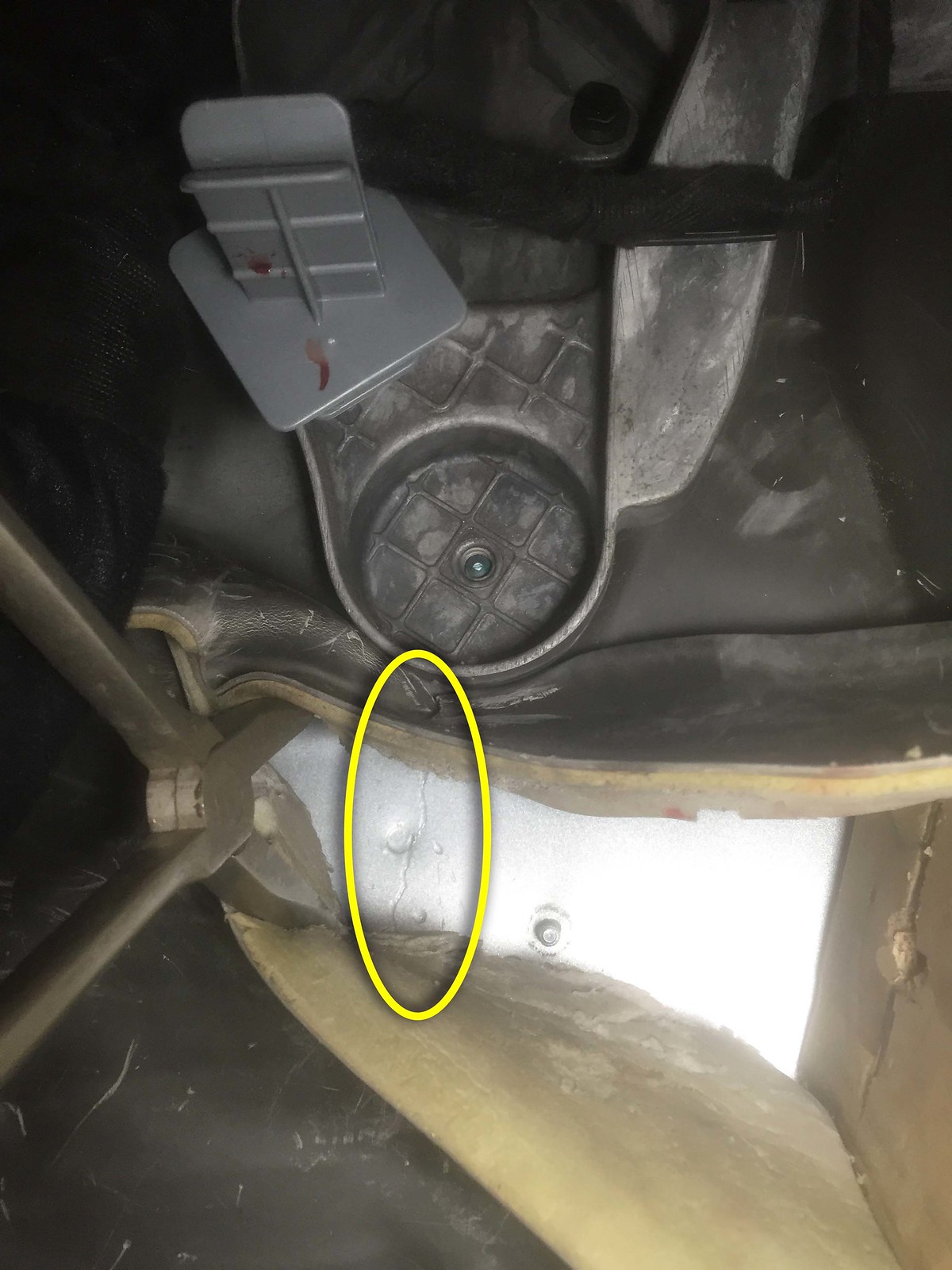Mk1 Treg V10 tdi with intermittent low voltage/random fault codes that may be wiring harness related.
Have finally got access to rhe cabin floor wiring harnessses. First splice I came to was both corroded and the wires had also separated from one another.
View attachment 238177
Have twisted them together so there's no confusion when the soldering starts tomorrow.
Also found a lone wolf with an oxidised end. Its a red wire with a yellow stripe. There's no other half to it along the remainder of the harness so am guessing that it may have come out of this splice which has three separate wires in it already?
View attachment 238178
View attachment 238179
If anyone could point me in right direction it would be appreciated.
Have finally got access to rhe cabin floor wiring harnessses. First splice I came to was both corroded and the wires had also separated from one another.
View attachment 238177
Have twisted them together so there's no confusion when the soldering starts tomorrow.
Also found a lone wolf with an oxidised end. Its a red wire with a yellow stripe. There's no other half to it along the remainder of the harness so am guessing that it may have come out of this splice which has three separate wires in it already?
View attachment 238178
View attachment 238179
If anyone could point me in right direction it would be appreciated.






